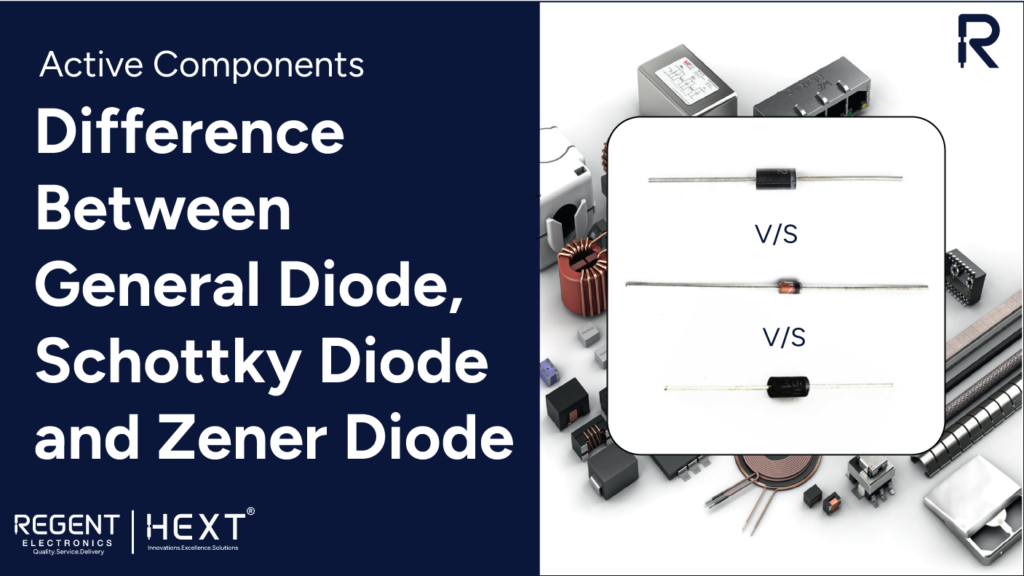
Understanding the Differences Between General Diodes, Schottky Diodes, and Zener Diodes: A Comprehensive Guide
When it comes to diodes, many people often wonder about the differences between general diodes, Schottky diodes, and Zener diodes. Each type of diode serves a specific purpose in electronic circuits, and knowing their differences will help you choose the right one for your project. In this blog, we’ll clear up the confusion and explore the key differences between these diodes, their applications, and how to use them in your designs.
What Are Diodes?
Diodes are essential semiconductor devices that allow current to flow in one direction while blocking it in the opposite direction. They have various applications, from voltage regulation to signal processing. The primary types of diodes include general-purpose diodes, Schottky diodes, and Zener diodes.
For more insights into diodes or to explore other components, visit our website.
1. General Purpose Diode
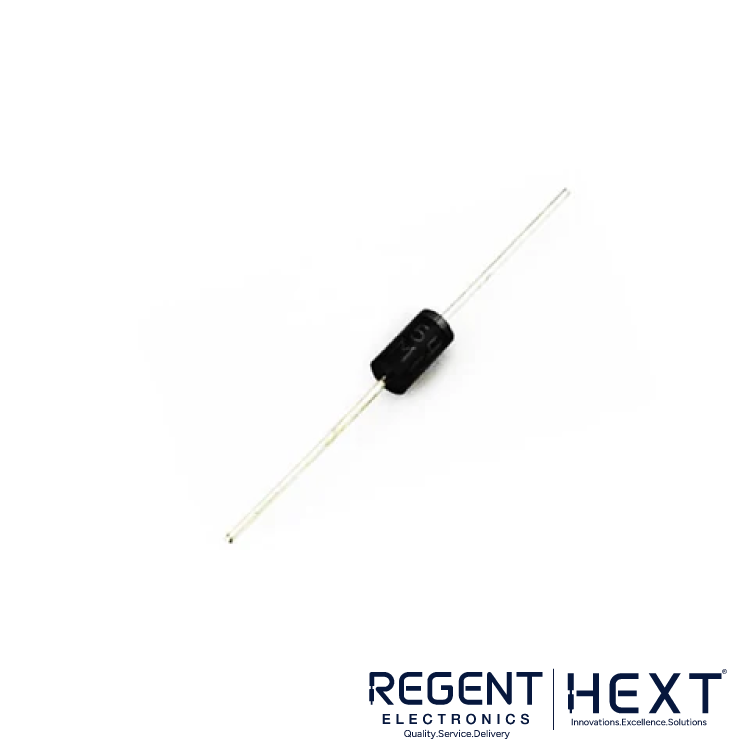
A general-purpose diode is a simple P-N junction diode that allows current to flow from the anode to the cathode when forward-biased. It has a forward voltage drop of approximately 0.7V, and its primary function is to rectify alternating current (AC) into direct current (DC).
Applications of General Diodes:

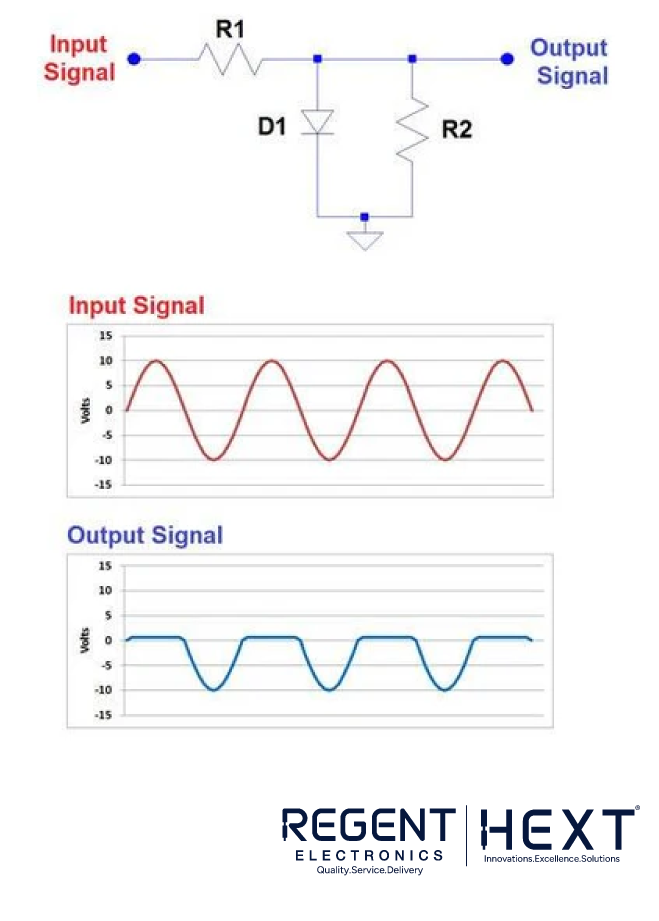
- Rectifying AC to DC: General diodes are widely used in rectifiers for converting AC to DC.
- Clamping Circuits: These diodes are used in clamping circuits to maintain a certain voltage level.
- Clipping Circuits: Diodes clip or limit the voltage in clipping circuits to protect sensitive components.
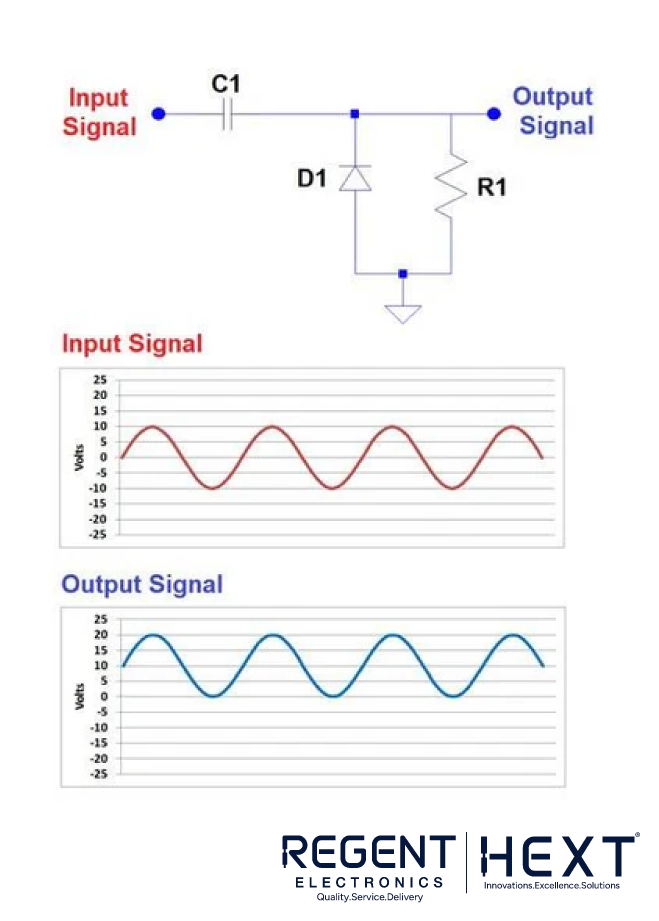
Popular General Diode Models:
- 1N4001 to 1N4007
- 1N5400 to 1N5408
- 1N4148
2. Schottky Diode
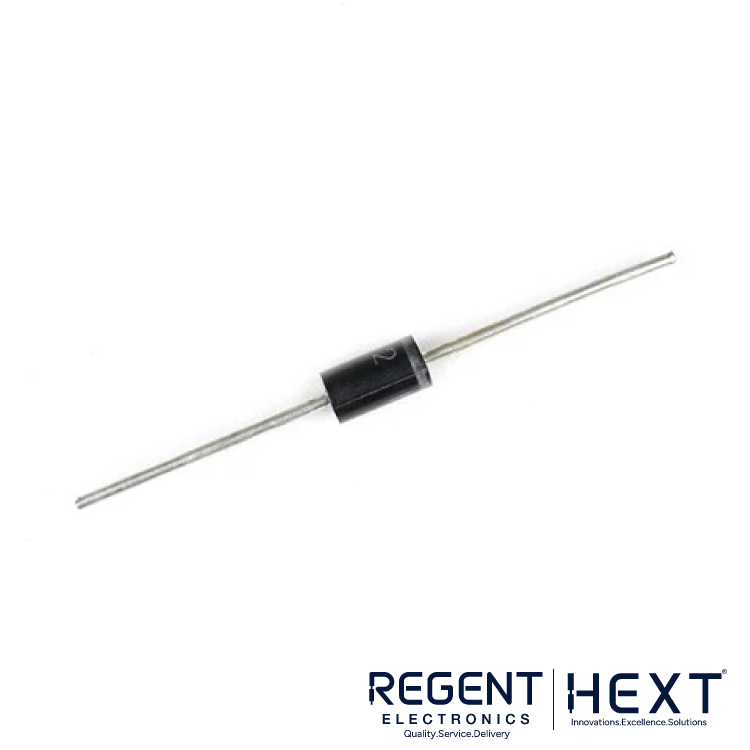
A Schottky diode is a type of diode that uses a metal-semiconductor junction instead of the standard semiconductor junction. It has a lower forward voltage drop (typically between 0.2V to 0.45V) compared to a general-purpose diode. Schottky diodes are known for their fast switching speeds and low power loss.
Applications of Schottky Diodes:
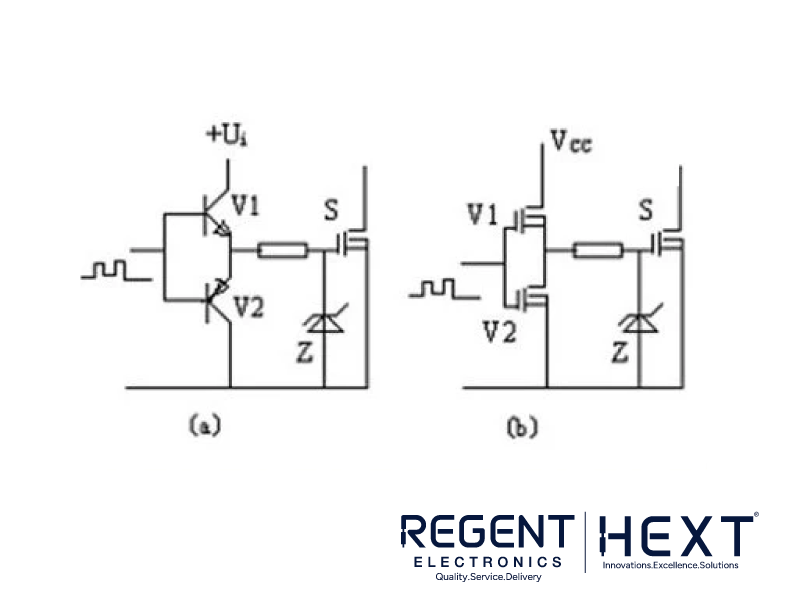
- High-Speed Switching: Schottky diodes are often used in digital circuits, including logic gates and rectifiers.
- Power Supply Protection: They protect power supplies by preventing reverse current flow.
- Solar Energy Systems: Schottky diodes are used in photovoltaic systems to prevent battery discharge during the night.

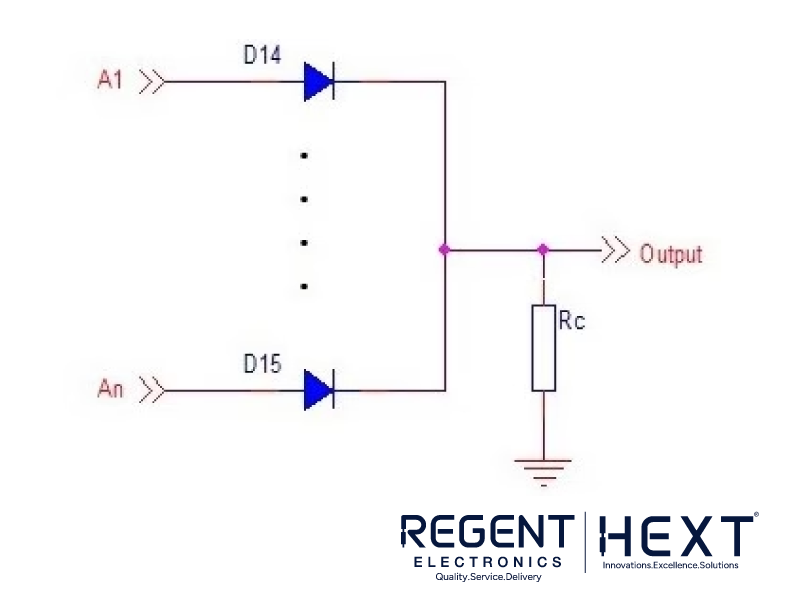
Popular Schottky Diode Models:
- 1N5819
- SS14
- 1N5711
3. Zener Diode
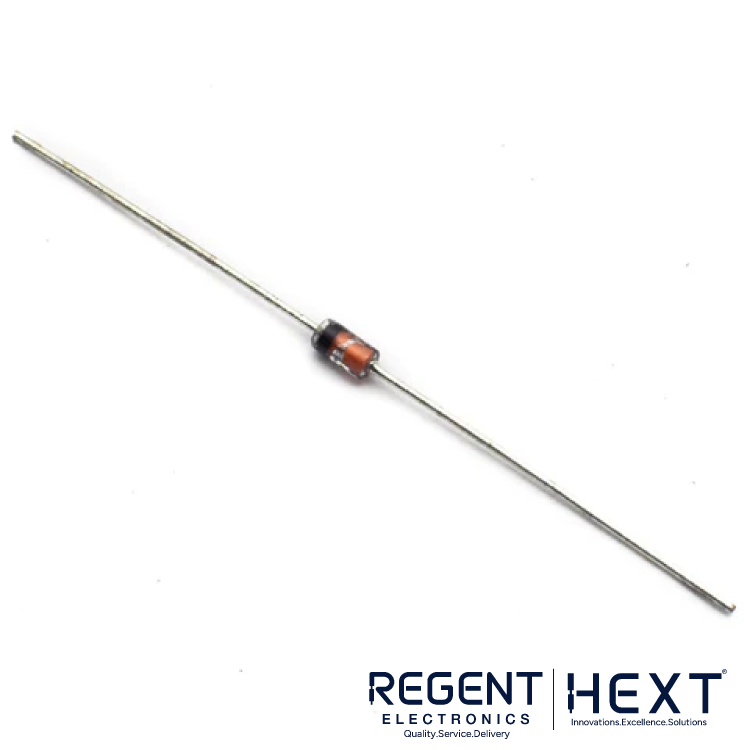
A Zener diode is designed to operate in reverse breakdown mode, making it ideal for voltage regulation. When reverse-biased, a Zener diode allows current to flow in the opposite direction once the Zener voltage (breakdown voltage) is reached. Zener diodes maintain a constant voltage across them, even with varying current, which makes them ideal for applications requiring stable voltage regulation.
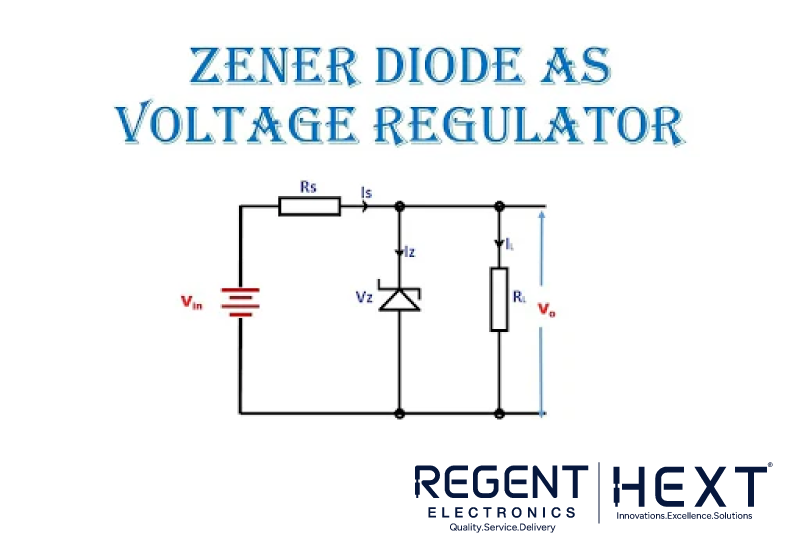
Applications of Zener Diodes:
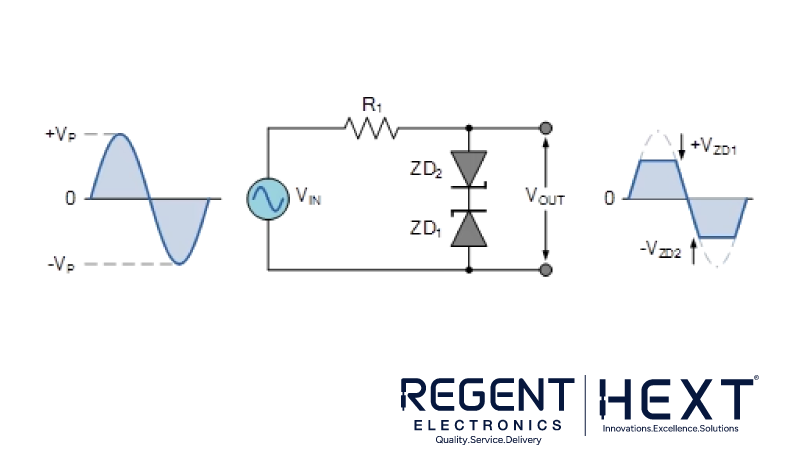
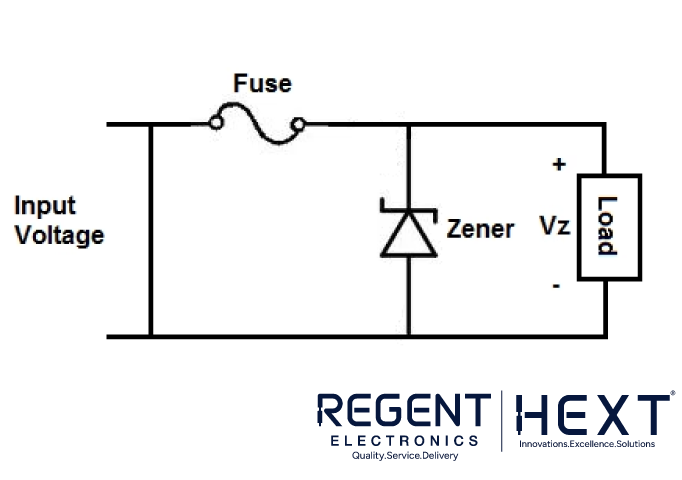
- Voltage Regulation: Zener diodes are frequently used in voltage regulation circuits to provide a stable output voltage.
- Over-voltage Protection: They prevent circuits from being damaged by excessive voltage by clamping the voltage to a safe level.
- Clipping Circuits: Zener diodes are used in AC waveform clipping circuits to modify the waveform’s amplitude.
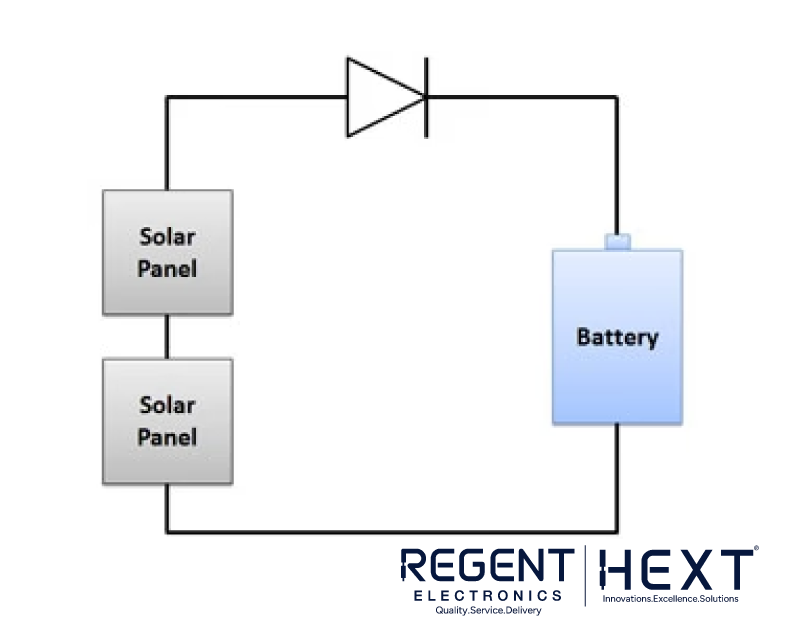
Popular Zener Diode Models:
- 1N5226 (3.3V)
- 1N5231 (5.1V)
- 1N5241 (11.0V)
Key Differences Between General, Schottky, and Zener Diodes
Symbol Differences:

- General Diode: The cathode is marked with a single line.
- Schottky Diode: The cathode line is bent into an “S” shape.
- Zener Diode: The cathode line is Z-shaped to distinguish it from other diodes.
Construction Differences:
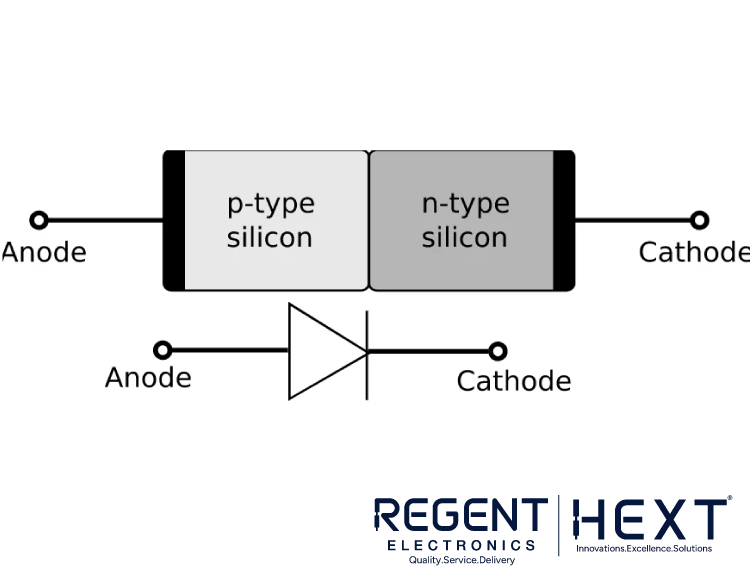
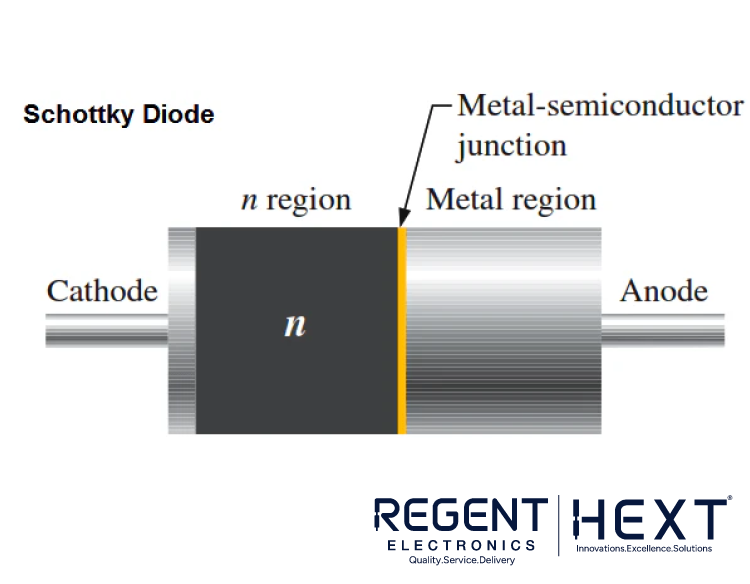

- General Diode: Made of a P-N junction.
- Schottky Diode: Constructed from a metal electrode attached to an N-type semiconductor (no depletion layer).
- Zener Diode: A heavily doped P-N junction designed for reverse breakdown operation.
IV-Characteristics Differences:
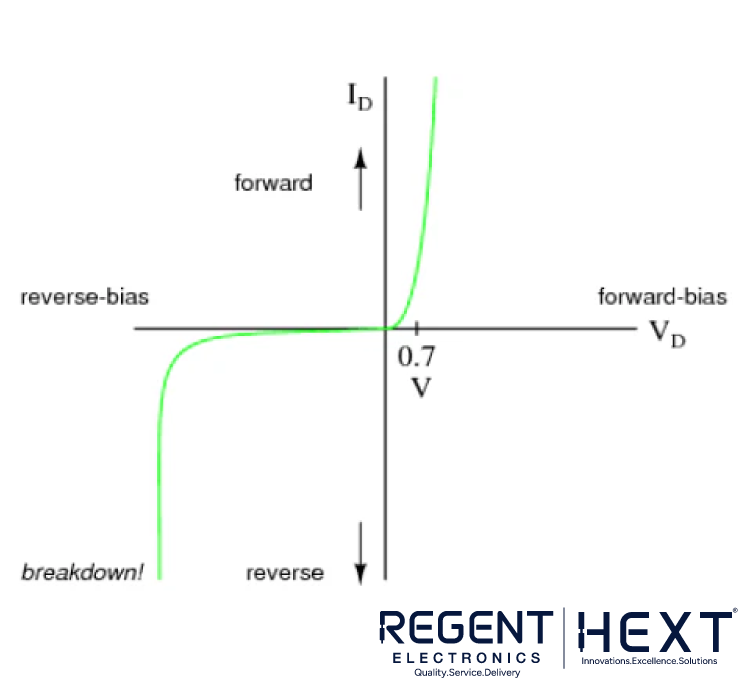
- General Diode: Has a forward voltage drop of around 0.7V.
- Schottky Diode: Has a lower forward voltage drop (0.2V to 0.45V) and faster switching speed.
- Zener Diode: Maintains a constant voltage when reverse-biased in breakdown mode.
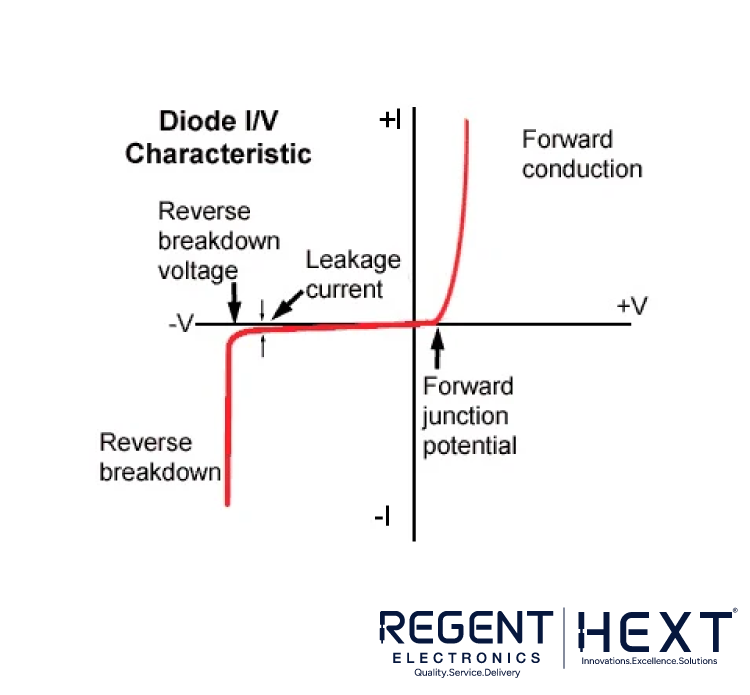
Reverse Recovery Time:
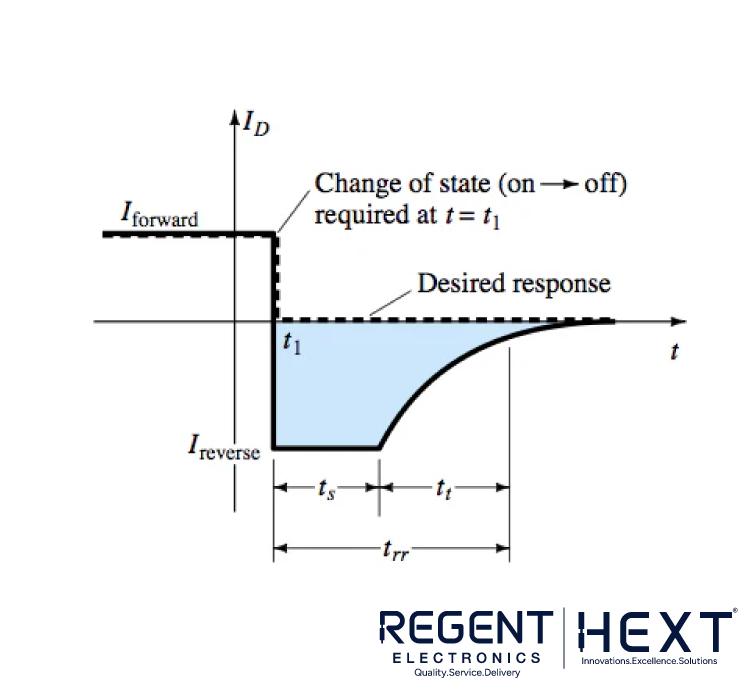
- Schottky Diode: Has a very short reverse recovery time.
- General Diode & Zener Diode: Have longer reverse recovery times.
Choosing the Right Diode for Your Circuit

Here’s a quick summary of when to use each diode type:
- General Diode: Ideal for standard rectification tasks in power supplies.
- Schottky Diode: Best suited for high-speed switching applications and low-voltage power supplies.
- Zener Diode: Perfect for voltage regulation and over-voltage protection circuits.
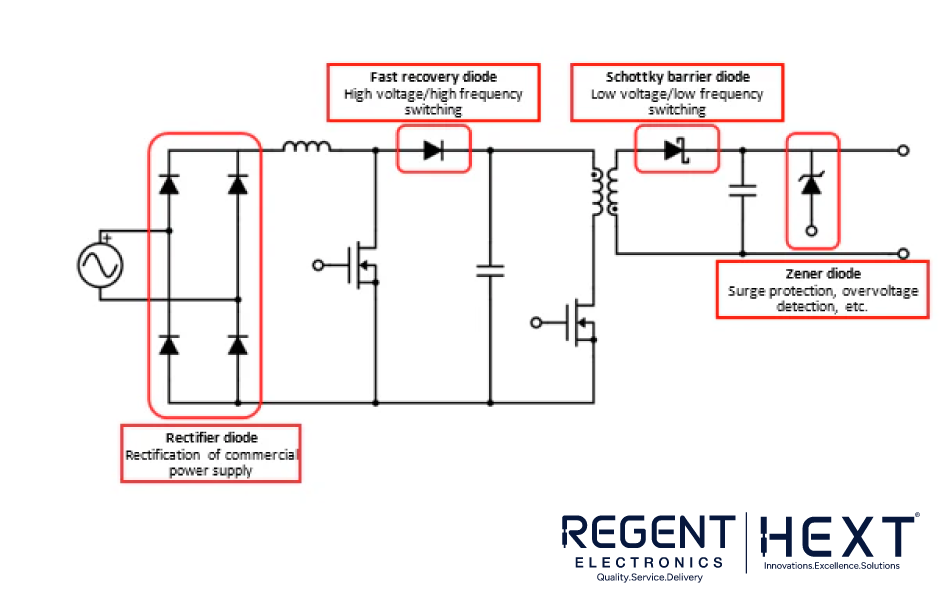
Conclusion
By understanding the differences between general diodes, Schottky diodes, and Zener diodes, you can choose the best component for your circuit design. Each diode has its own unique features, making it suitable for specific applications like voltage regulation, signal processing, and switching.
For more detailed information and to browse a wide range of diodes, visit our website.
General Diode Models:
- 1N4001 to 1N4007
- 1N5400 to 1N5408
Schottky Diode Models:
- 1N5819
- SS14
Zener Diode Models:
- 3.3V – 1N5226
- 5.1V – 1N5231
Make sure to choose the right diode for your needs and optimize your circuit’s performance!
